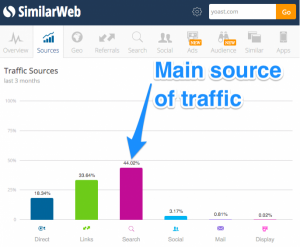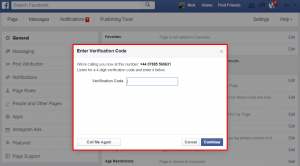
Recently, I was asked to take a look at the website of a small B2B company. After 40 minutes of clicking and reading every link and page, I had to admit I still had no idea what this firm did. There were no clear explanations of its products, no stories that illustrated any benefits, no compelling reasons why I would want to buy from this company.
Unfortunately, this isn’t uncommon, especially in the B2B marketplace. We’ve all experienced this — mostly likely more than once. Some businesses are very clear about what they offer, but other websites are so impenetrable you wonder if they’re a front for shady business.
In reality, such obfuscation stems from two reasons.
The first is a stubborn resistance to clear, simple language. As Paul Gillen wrote recently, gobbledygook is still alive and well in our business. Over the years, I’ve waged my own little war against fancy phrases such as: “Our innovative, next-generation platform is optimized for comprehensive and reliable delivery, meeting the needs of customers across all industries.”
Well, perhaps it’s not quite that awful, but you get the idea.
Plenty of businesses do seem to favor these words, however, presumably because they sound smart or impressive, despite being meaningless.
What many businesses fail to grasp is that they tend to stand out more if they use clear, simple language. As E.B. White said, “Do not be tempted by a twenty-dollar word when there is a ten-center handy, ready and able.”
In my opinion, the failure to explain clearly what you do is a foundational problem. Happily, it’s also one easily fixed. But as I said earlier, it’s only the first of two problems.
The second reason for obfuscation is the inability to articulate a vision. This is equally as critical because vision is what sets a business apart from all of its competitors.
A vision answers four questions for potential clients:
- What are the company’s goals?
- How does it help me achieve my goals?
- What makes this company better than its competitors?
- Why should I pick this company over all others?
Ten years ago, we might have created a couple of pages (filled with gobbledygook!) that answered these questions. All of them would have started with the word: “we.”
A much more powerful way to help others grasp the essence and purpose of a business is by telling stories. This is why a website without a blog, podcast, or video channel makes the company it fronts less competitive.
As human beings, we love stories. They enable us to connect with each other viscerally, and that is equally as important for businesses as it is for humans looking for love, friendship, or respect.
What’s the best way to explain your goals? Write stories about the ways your products will shape the future.
How to explain what your products do? Visit a client and create a photo essay about their business.
Want to explain the technology behind your product? Interview the product manager and ask what inspired him.
By focusing on clear, simple language and the art of storytelling, businesses not only increase the reader’s understanding of what they do, they also shape how clients feel about their company.
It’s the best way to stand out.
Digital & Social Articles on Business 2 Community(39)






